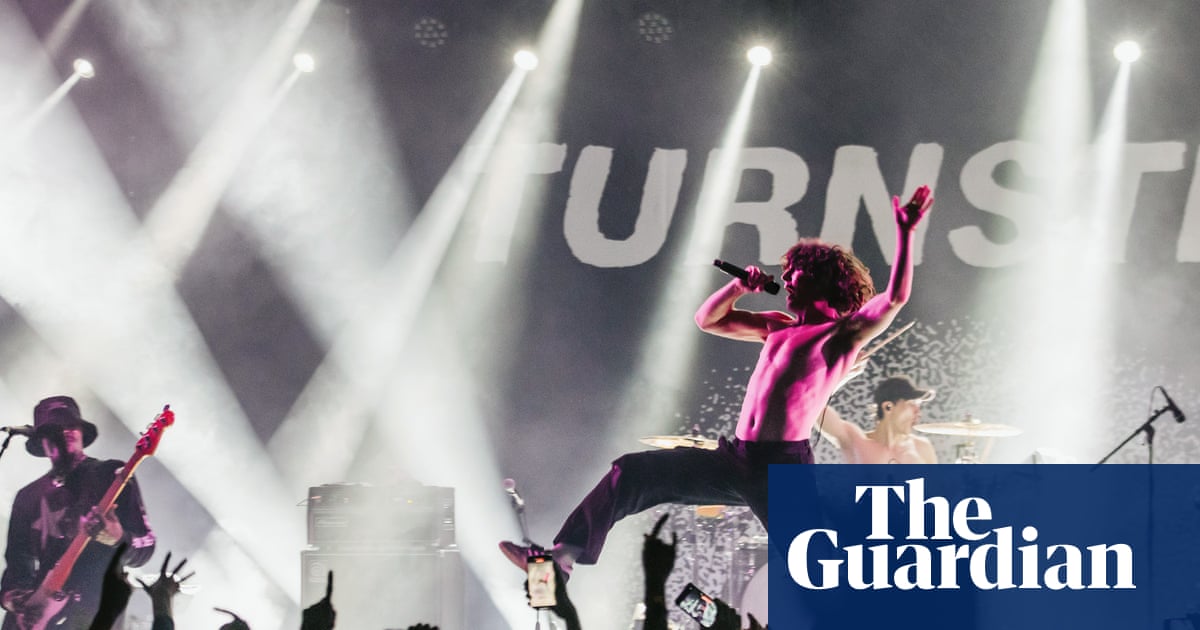A NEW large-scale study has found that the lactate-to-glucose ratio (LGR) could serve as a valuable predictor of short-term mortality among critically ill patients with cirrhosis. The findings suggest that this simple metabolic marker may…
Author: admin
-

Russia successfully tested new nuclear-capable cruise missile – Arab News
- Russia successfully tested new nuclear-capable cruise missile Arab News
- Russia says it has tested nuclear-powered Burevestnik missile BBC
- Putin claims successful test of long-range nuclear-powered cruise missile amid diplomatic breakdown CNN
Continue Reading
-

Samsung’s pulled One UI 8 update for the Galaxy S23 is now returning
What you need to know
- One UI 8 is now rolling out for the Samsung Galaxy S23 again after a brief pause.
- The new One UI 8 update includes the October 2025 security fixes for Samsung devices.
- Samsung initially yanked the One UI 8 update for the…
Continue Reading
-

US-Pakistan relations don’t come at expense of India, Rubio says
The US is seeking to expand its strategic relationship with Pakistan but those ties don’t come at the expense of Washington’s relations with India, Secretary of State Marco Rubio said.Just like India has ties with countries that the US…
Continue Reading
-
Modular laptops are the future, and even Nvidia seems to agree
Between repairability, upgradability, and sustainability, there’s plenty of reason to believe that modular designs are the future of laptops. While these might still fit in the standard clamshell or 2-in-1 form factors, modular laptops are also…
Continue Reading
-
HD Hyundai Heavy Industries and HII Execute Memorandum of Agreement to Collaborate on Distributed Shipbuilding and Pursue Teaming on Auxiliary and Commercial Vessels – HII
- HD Hyundai Heavy Industries and HII Execute Memorandum of Agreement to Collaborate on Distributed Shipbuilding and Pursue Teaming on Auxiliary and Commercial Vessels HII
- HD Hyundai Heavy, Huntington Ingalls to jointly build U.S. navy auxiliary ships Reuters
- HII Hosts HD HHI Leaders at Ingalls Shipbuilding, Reinforcing Strategic Partnership navalnews.com
- HII and HD Hyundai Heavy Industries Sign Memorandum of Agreement to Enhance U.S.-Korea Shipbuilding Collaboration at APEC 2025 Quiver Quantitative
- HII (NYSE: HII), HD Hyundai to pursue Navy NGLS concept design under new collaboration MOA Stock Titan
Continue Reading
-

‘No spacecraft would survive’: Europe simulates catastrophic solar storm to warn of real risks
Europe has just run its most extreme space weather simulation yet — a scenario so severe that no spacecraft was left unscathed in the exercise.
The European Space Agency (ESA) staged the exercise at its mission control center in Darmstadt,…
Continue Reading
-

‘Pepper-spraying a 15 year old is cowardly’: Turnstile on hostile cops, playing through pain and taking hardcore punk global | Music
On a Wednesday evening in September, about 6,000 people cross footbridges to reach Brown’s Island, a bucolic park in the middle of the James River in Richmond, Virginia. They’re here to see Turnstile, the Baltimore band who came from the…
Continue Reading
-

Comet 3I/ATLAS’ upcoming encounter with the sun could change it in big ways — Space photo of the week
QUICK FACTS
What it is: The interstellar comet 3I/ATLAS, growing a tail
Where it is: The inner solar system, barreling toward Mars
When it was shared: Sept. 4, 2025
Even as a brilliant, naked-eye comet slices through Earth’s sky (cheers, Comet…
Continue Reading
-

Hollywood’s romance with micro dramas is heating up. Will it last?
SUNNYVALE, Calif. — A young woman is desperate to raise $50,000 for her mom’s life-saving medical treatment. She will get the money, but only if she agrees to her stepsister’s unusual proposal: to marry her wayward fiance, who comes from…
Continue Reading
